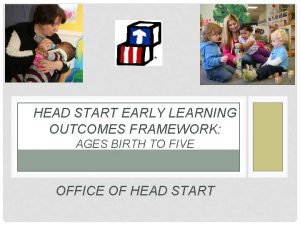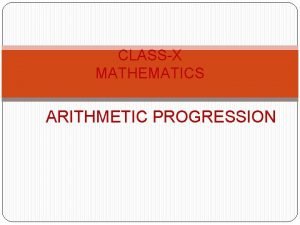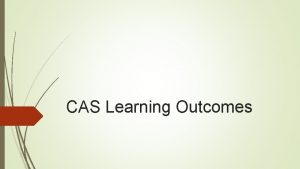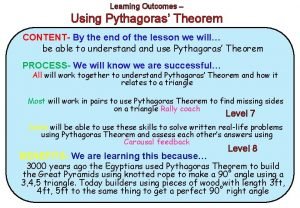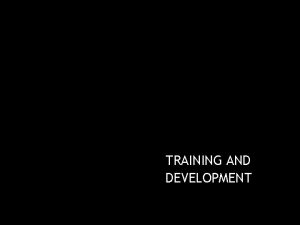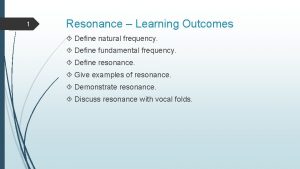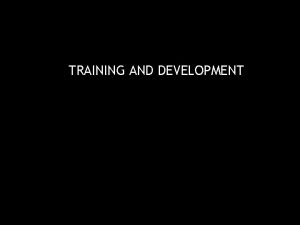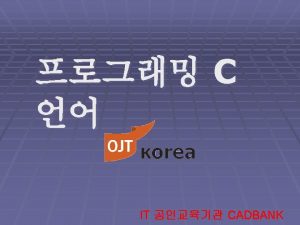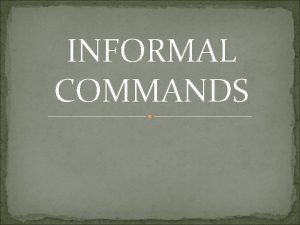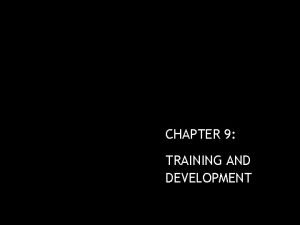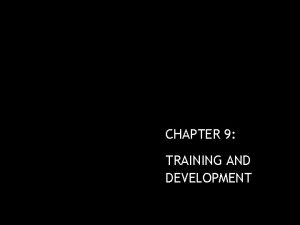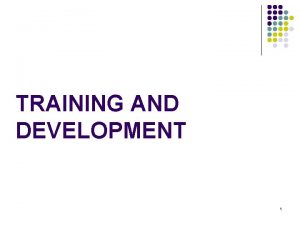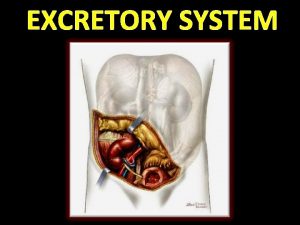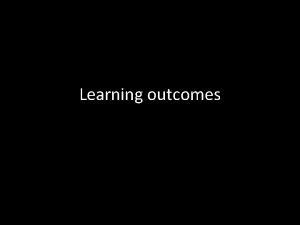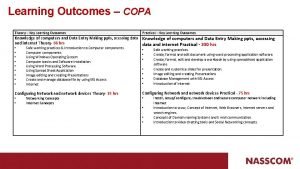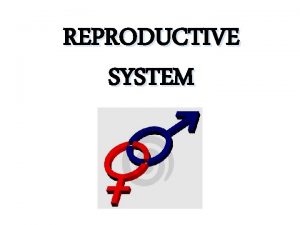CHAPTER 6 TRAINING DEVELOPMENT LEARNING OUTCOMES q Define






































- Slides: 38


CHAPTER 6 TRAINING & DEVELOPMENT

LEARNING OUTCOMES q Define the concept of training. q Discuss the benefits of training. q Outline a systematic approach to training. q Provide examples of learning principles. q Examine the role of computers in training.

INTRODUCTION • Training is a shared task. • If the firm has no human resource specialists, every manager is responsible for training their subordinates. • In very large organizations, special training departments are established with a full complement of staff and frequently with their own building.

TRAINING IS A LEARNING PARTNERSHIP The Training Department Employees Employers Heads of Department The Organization Training Vendors Consultants Educational Institutions

PARTNERS IN TRAINING • Senior managers in an organization will decide on policies relating to training. • The training department will conduct a formal Training Needs Analysis (TNA) to determine who needs training and in what areas. • The end of training session should come out with an evaluation to see the achievement of training objectives.

WHAT HAPPENS TO A COMPANY WHICH DOES NOT TRAIN ITS EMPLOYEES? o Payment to employees when learning on the job, which may take longer if it is not properly planned for. o Costs of wasted materials, sales and customers lost because of mistakes made by untrained employees.

WHAT HAPPENS TO A COMPANY WHICH DOES NOT TRAIN ITS EMPLOYEES? o Management time cost taken to undo the mistakes made by the untrained employees. o Lowered morale, leading to higher turnover, among team members who are demotivated by working with an untrained employee.

WHAT HAPPENS TO A COMPANY WHICH DOES NOT TRAIN ITS EMPLOYEES? o Accident-related costs; it is well-documented that untrained workers tend to have more accidents. o Higher turnover leading to recruitment costs because employees feel they have no prospects of further development.

STATE EFFORTS TO ASSIST IN TRAINING Human Resource Development Fund (HRDF) Act was introduced in 1993. § Enforced by Pembangunan Sumber Manusia Bhd. (PSMB). § Employers within the scope of the Act are required to pay a levy of 1% of the total company payroll into a Fund on a monthly basis. § The employer can claim reimbursement for funds spent on training the staffs. § Employers can also claim reimbursement for the cost of building or establishing a training room in their premises and for computers that will be used for training.

THE HUMAN RESOURCE DEVELOPMENT FUND

• SMEs find it hard to release their workers to attend training programs – there is no one to take over the absent worker’s duties. • The employer in the small company fear the employees will leave once they have improved their level of skill and knowledge. • Solution to this is that to require employees to sign an agreement that they will not leave the company for an agreed period after the completion of the program, failing which they will have to reimburse the employer for the cost of the training.

DEFINING TRAINING Training is the organizational activity which aims to improve an employee’s current performance. q Education consists of activities designed to prepare employees for future jobs. q Development is those learning activities designed to help the individual employee grow but which are not confined to a particular job. q

DEFINING TRAINING v Employers provide developmental activities to prepare employees for changes that are expected to take place in the near future. v Developmental opportunities are also a powerful attraction and help firms employ talented workers. v Developmental activities also help to assist employee to sharpen their personal skills to handle the crucial situations in an organization v Dychtwald et al. (2006) suggested that employer must establish connections between people in the organization who can teach other and share information.

WHY? : THE ASK MODEL Change Attitudes A Develop Skills S Increase Knowledge K

BENEFITS OF TRAINING Effective Training Increases workers’ productivity Increases workers’ job satisfaction Keeps workers’ skills and knowledge up-todate Motivates workers

LEARNING ORGANIZATIONS Ø A learning organization is one which is permeated with a culture, whereby all employees continuously attempt to increase their knowledge and skills on a cooperative basis. Ø The organization takes proactive steps to retain this knowledge within the organization.

A SYSTEMATIC APPROACH TO ORGANIZING TRAINING PROGRAMS THE TRAINING PROCESS Identify Training Needs Set Training Objectives Develop / Design The Training Programme Implement The Training Programme Evaluate The Training Programme

1. Identifying Training Needs Yin (2003) defines a training need as the gap between an actual situation and the desired situation. o Situation may refer to job performance, knowledge, skills, behaviour or attitudes o When conducting TNA, 2 key questions must be answered: 1. Which worker or workers need training? 2. What, specifically, is the worker lacking that he/she needs training? o

WHO NEEDS TRAINING? • Officer-in-charge of training will have to liaise closely with heads of departments. • Through performance appraisal system, workers whose performance levels are not satisfactory will be identified. • New recruits will need to be given an induction program and basic skills training.

WHEN? • New Hires • Change of Job (Job rotation, promotion, transferred) • Change to Job (New technologies and procedures) • Performance deficiency detected • A major change such as a merger takes places • Safety training (continuous basis)

WHAT IS THE WORKER OR GROUP OR WORKERS LACKING? The steps to follow to carry out employee’s TNA 1. Identify a performance problem 2. Decide whether the problem is serious enough to justify action 3. Identify the cause of the problem 4. Generate alternative solutions to the problem 5. Choose the best solution and implement

The KSA necessary for good performance on a job MINUS The KSA the worker possesses EQUALS The KSA, which need to be offered through training Those involved in identifying training needs may wish to: • Require supervisors to prepare a report on the training needs of each and every worker reporting to them, especially new workers undergoing a probationary period. • Require all workers to periodically evaluate their own knowledge and skills to attend training in areas in which they are weak. • Require workers to evaluate the strengths and weaknesses of their supervisor.

TRAINING NEEDS ANALYSIS Levels of Analysis Organizational Level q Organizational culture q Quality and productivity schemes Operations Level q Job analysis Individual Level q Evaluating individual performance against standards

TRAINING NEEDS ANALYSIS Sources of Information q Job descriptions q Heads of departments q Employees q Organizational records q Performance review documents

TRAINING NEEDS ANALYSIS Problems suggesting a training need include: Falling output q Rising error, scrap, waste, mistakes q Increasing time taken to complete work q Increasing accident rate q Increasing customer complaints q

2. SET TRAINING OBJECTIVES A well-written training objective includes a statement on: q Terminal behaviour required of the trainee q Standards of performance q Conditions for performance

3. DEVELOP / DESIGN TRAINING PROGRAMS Factors to Consider q Venue q Trainer / Facilitator q Duration / Scheduling q Budget q Number or participants q Training Methods q Logistics

TRAINING VENUE On-the-job? or Off-the-job?

JOB INSTRUCTIONAL TRAINING TECHNIQUE/ ON-THE-JOB TRAINING Step 2: Give an overview of the job Step 4: Let the trainee try to do what has been demonstrated Step 6: Let the trainee practise

TRAINING METHODS Factors to choose training methods: 1. Budget available 2. The skills of the trainer 3. The objectives of the program 4. The target learner 5. Effectiveness of the training method

TRAINING METHODS q q Lectures Audio-visual aids q Computer-aided learning/e-learning Role-plays Case studies and discussion Simulation trainings Coaching Apprenticeship q Projects/Special assignments q Job rotations q Adventure learning q q q

4. IMPLEMENT THE TRAINING PROGRAM o Resources and facilities will have to be booked o Trainees need to be informed of the program’s schedule o Course materials need to be printed and ready for distribution at the appropriate time o Food to be offered o The temperature of the training room. See the sample of training checklist in Page 119 of the main textbook.

5. EVALUATE THE TRAINING PROGRAM Reasons for evaluation: § To improve the standard and effectiveness of the programs offered § To justify the financial investment in the training § To get feedback for ongoing improvement § To compare the effectiveness of two or more programs § To meet requirements set by legislation

5. EVALUATE THE TRAINING PROGRAM Kirkpatrick (1959) identified four questions or levels of evaluation that need to be addressed: 1. What are the trainees’ responses to the program? 2. What have the trainees learned? 3. In what way has the behavior of the trainees changed after training? 4. How has the organization benefited from the training program? See the sample of typical training evaluation questionnaire in Page 121 of the main textbook.

THE KIRKPATRICK MODEL OF EVALUATION Learning: What have the trainees learned? Results: Have cost reductions resulted?

LEARNING PRINCIPLES q The learner must want to learn q Active learning is more effective than passive learning q Feedback or knowledge of results is essential q Learning is faster in teams q Learning must be fun

SUMMARY q Training is a partnership between employers, employees, training vendors and the government. q The Human Resource Development Act was introduced to encourage employers to train their workers. The Act is administered by Pembangunan Sumber Manusia Bhd. (PSMB). q Training benefits employers by increasing productivity and motivation of workers. q Training programs must be systematically planned and implemented. A TNA must be conducted followed by the setting of clear objectives for each program. Venue, budget, training methods, choice of trainer and other factors must be carefully considered. q Effective training programs take into consideration learning principles. q After each training program, an evaluation must be conducted. EXERCISE IN PAGE 132 OF THE MAIN TEXTBOOK
 Define training program
Define training program Diversity and inclusion training objectives
Diversity and inclusion training objectives Learning outcome examples
Learning outcome examples Water cycle learning outcomes
Water cycle learning outcomes Learning objectives for notice writing
Learning objectives for notice writing What is the objective of swot analysis
What is the objective of swot analysis Rhymes with understand
Rhymes with understand Example of learning objectives
Example of learning objectives Photosynthesis takes place in
Photosynthesis takes place in Objectives of photosynthesis
Objectives of photosynthesis Ncbts learning outcomes
Ncbts learning outcomes Leov math
Leov math A machine that converts mechanical energy into electricity
A machine that converts mechanical energy into electricity Reported speech learning objectives
Reported speech learning objectives Purpose of learning outcomes
Purpose of learning outcomes Monitor is input or output device
Monitor is input or output device Mri ib psychology
Mri ib psychology How to write a reflective essay
How to write a reflective essay Learning outcomes of holy week
Learning outcomes of holy week Holy week objectives
Holy week objectives Headstart early learning outcomes framework
Headstart early learning outcomes framework Learning objectives of fruits
Learning objectives of fruits Gagne learning outcomes
Gagne learning outcomes Conclusion for arithmetic progression
Conclusion for arithmetic progression Learning outcomes of a gift of chappals
Learning outcomes of a gift of chappals Learning outcomes of work and energy
Learning outcomes of work and energy Learning outcomes of profit and loss
Learning outcomes of profit and loss Cooking learning outcomes
Cooking learning outcomes Planning assessing and reporting domain 5
Planning assessing and reporting domain 5 Learning outcomes prescribe
Learning outcomes prescribe Learning outcomes of work and energy
Learning outcomes of work and energy Cas learning outcomes
Cas learning outcomes Conclusion of learning outcomes
Conclusion of learning outcomes Learning outcomes of pythagoras theorem
Learning outcomes of pythagoras theorem Learning outcomes should be
Learning outcomes should be Learning outcomes of digestive system
Learning outcomes of digestive system Learning objectives of introduction to trigonometry
Learning objectives of introduction to trigonometry Pathophysiology of angina pectoris
Pathophysiology of angina pectoris Hot seating questions examples
Hot seating questions examples




















